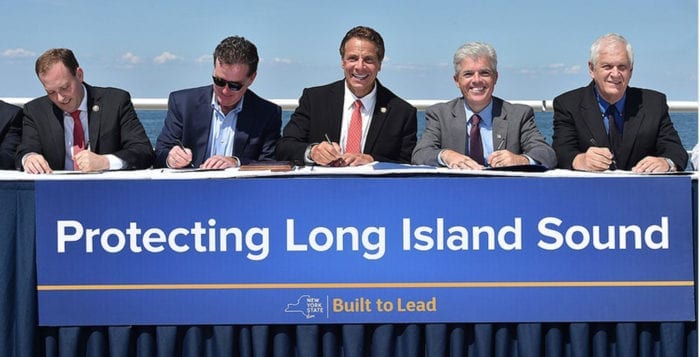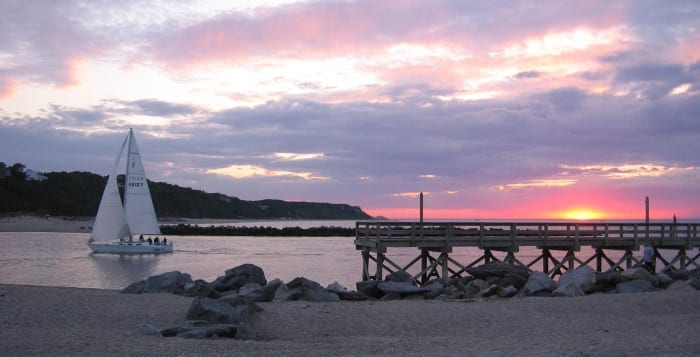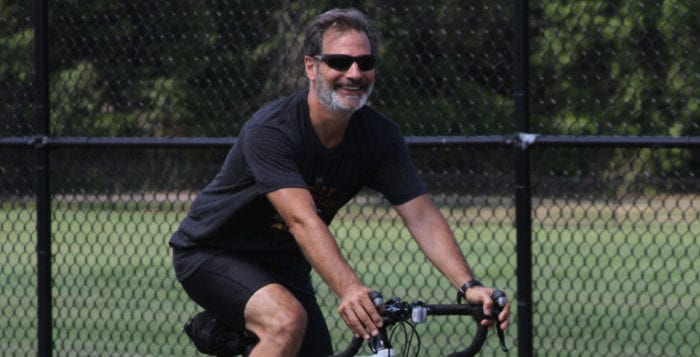By Victoria Espinoza
A 76-year-old veteran from Islip committed suicide Sunday, Aug. 21, in the parking lot of the Northport Veterans Affairs Medical Center, according to news sources.
Peter A. Kaisen was pronounced dead at the scene, and according to Northport VA Director Philip Moschitta, in a letter to U.S. Rep. Lee Zeldin (R-Shirley), the body was found next to his car in parking lot I on the campus. Moschitta said an employee of the VA found the body lying on the pavement, and the Northport Police Department, Suffolk County Police Department and FBI responded to the scene.
Moschitta also said there is no record of Kaisen entering the emergency room that day, and that during the 12 minutes he spent at the VA, he didn’t appear to leave the parking lot, as shown on video surveillance.
Multiple news sources have reported that Kaisen was denied service, but Veterans Affairs denies the veteran sought medical attention, although they said the investigation is ongoing.
“Our staff of medical professionals would never turn away an individual who required any level of health care,” Moschitta said in the letter. “We have not found any evidence that the veteran sought assistance from any of our staff, including visiting the emergency room that day. It appears the details of the tragic incident may have been misrepresented in the media coverage.”
Zeldin, a veteran himself, said the loss is heartbreaking.
“The loss of even a single veteran in America due to suicide is one too much,” he said in a statement. “Unfortunately, throughout our country, every day 22 veterans take their own life. It is so important to have the best possible understanding as to why these suicides keep happening. For me personally, I have lost more people I know due to suicide than in combat. Our veterans are returning home feeling isolated and alone and feeling like their family, friends and colleagues at work don’t understand what it is that they are going through. What is especially tragic, especially here in Suffolk County, is that a veteran will feel isolated and alone even though there are literally thousands of others throughout our county who would move heaven and Earth to shower a veteran in need with love, appreciation and support.”
Zeldin said that it’s important to note that even though Kaisen’s death was a result of suicide, there are many incidents of veterans whose deaths are incorrectly labeled suicide.
“PFC Joseph Dwyer’s last words when he passed away in 2008 were ‘I don’t want to die.’ He was looking for temporary relief to escape his pain, but he wasn’t looking to leave behind a young widow and 2-year-old daughter.”
Dwyer is known around the country for a famous photo of him carrying a young ailing Iraqi boy during combat. Dwyer’s legacy led to the creation the PFC Joseph Dwyer Veterans Peer Support Program, which provides a safe, confidential and educational platform where all veterans are welcome to meet with other veterans in support of each other’s successful transition to postservice life.
“This program should be in every county in the United States,” Zeldin said. “Losing one veteran as a result of suicide is unacceptable. As investigations into this suicide continue, I will continue to aggressively stay on top of this situation. What is so incredibly important to me and for others is to identify any specific ways at all that this veteran was underserved, so that it can be immediately and completely corrected in order for something very positive to result from this very tragic event. Every time a veteran takes his or her own life, the system has failed.”


















